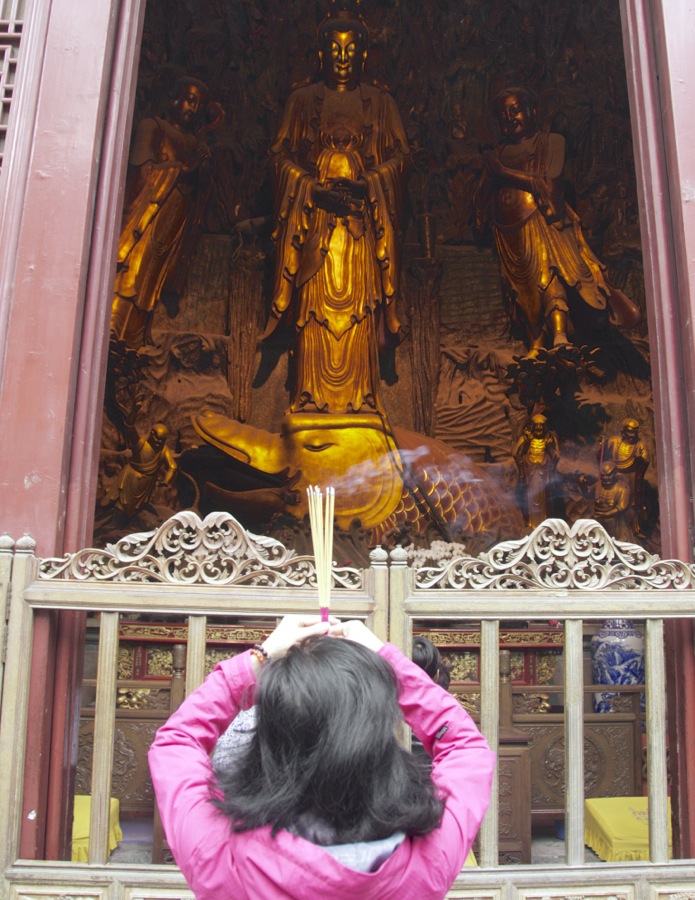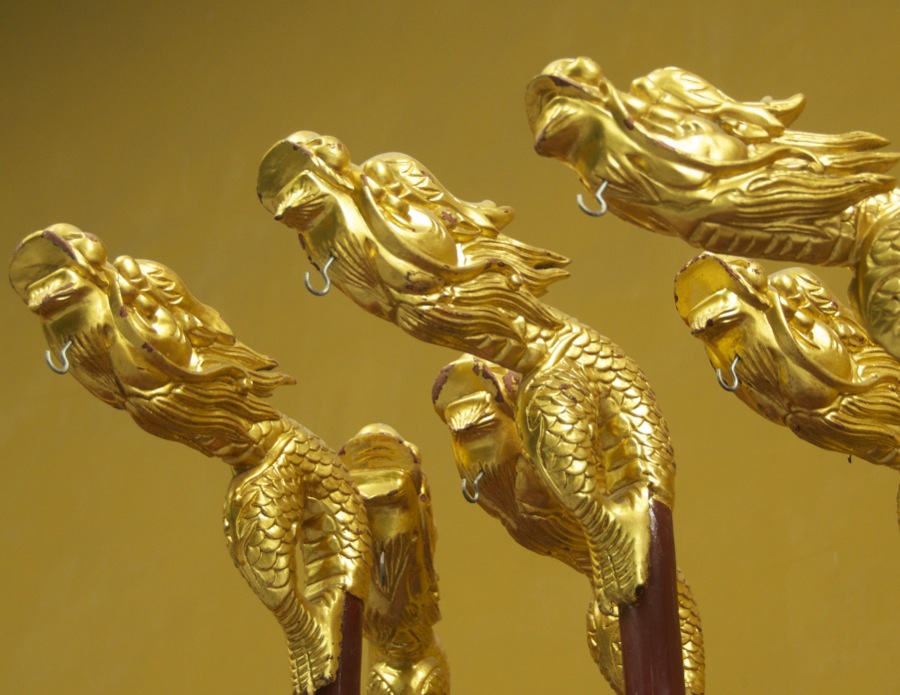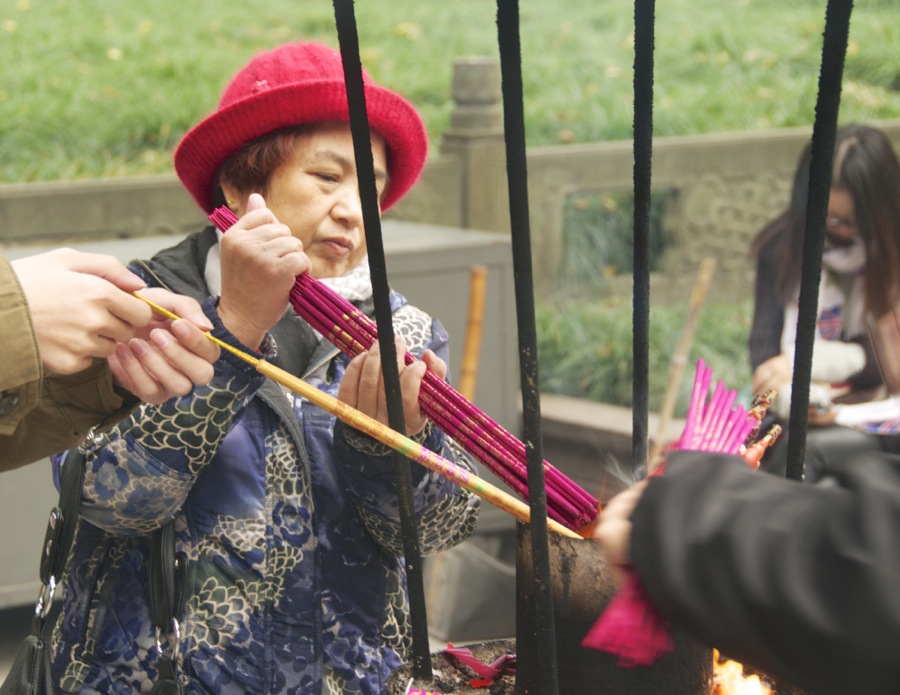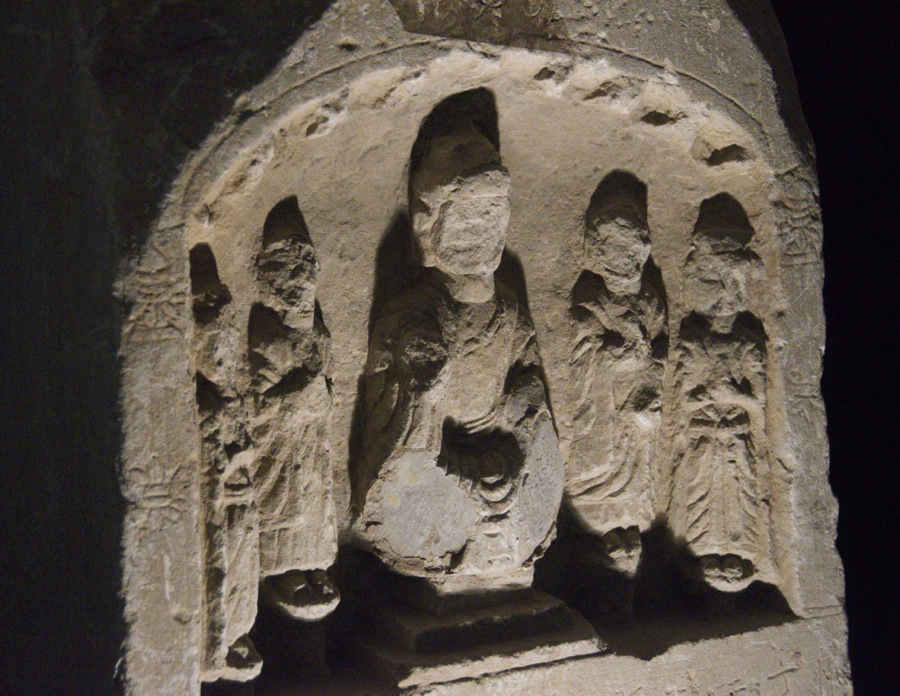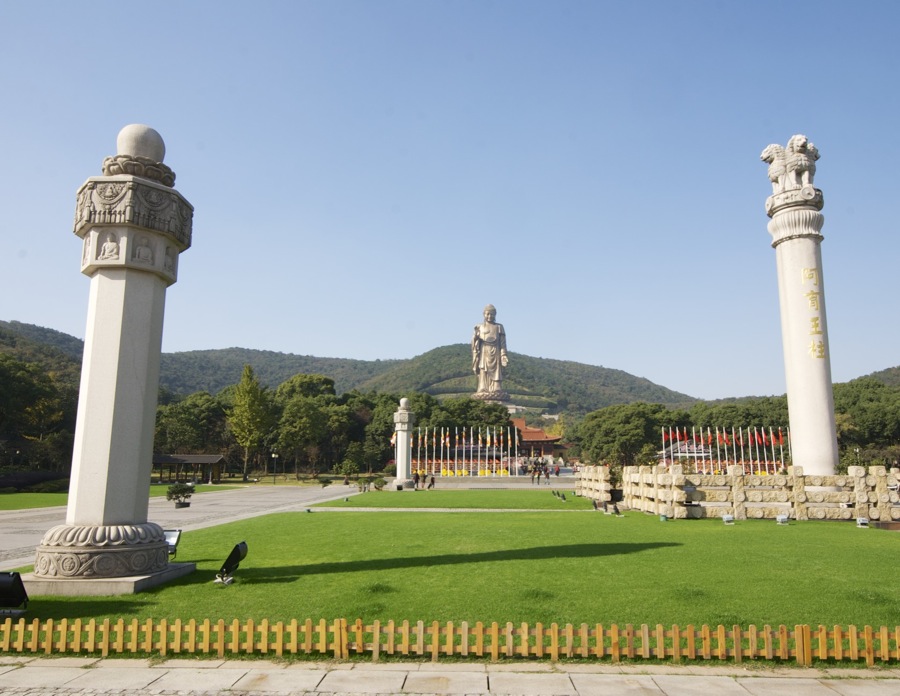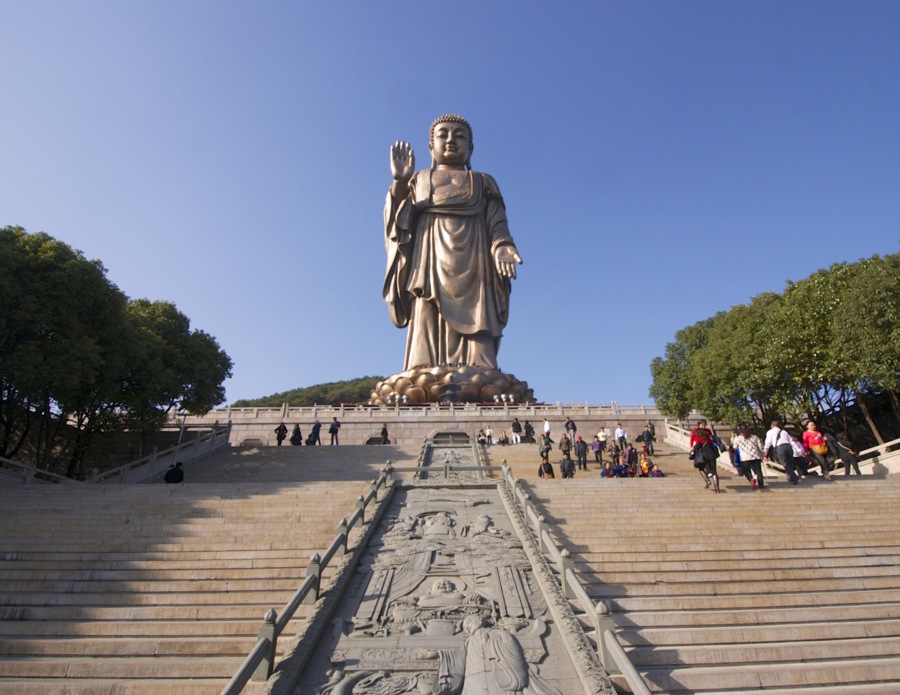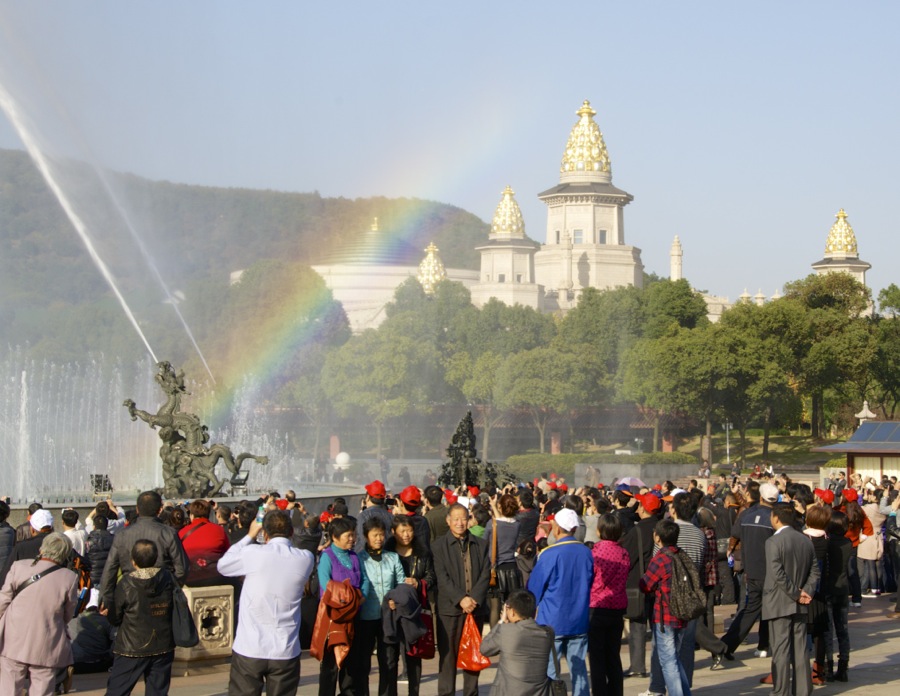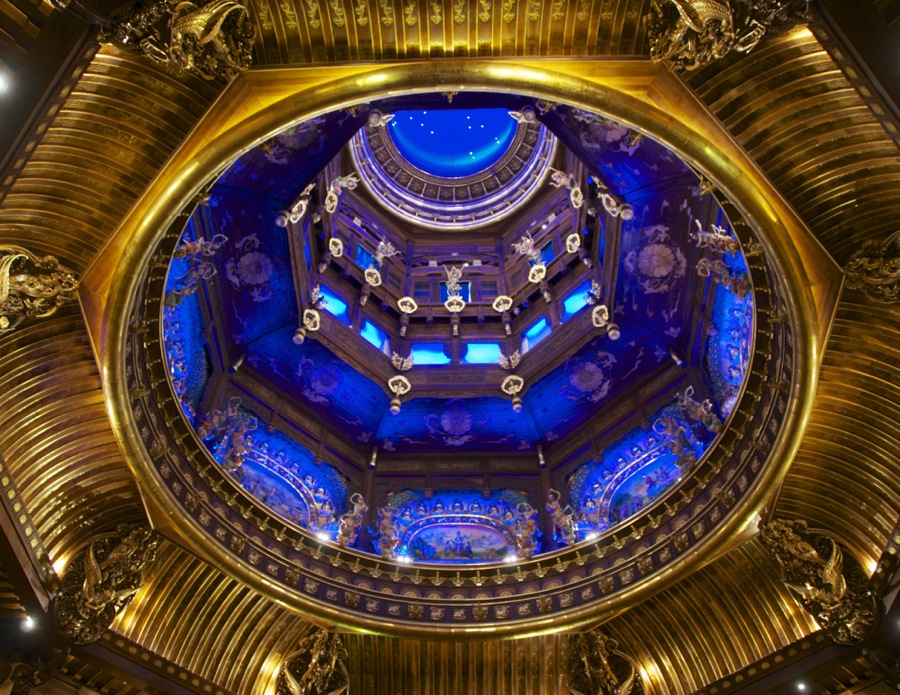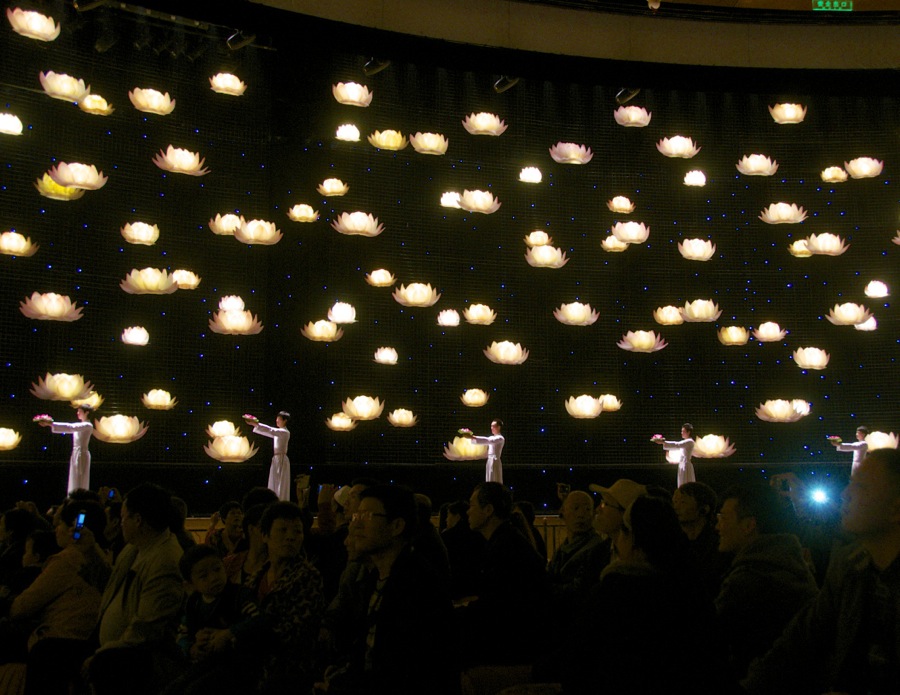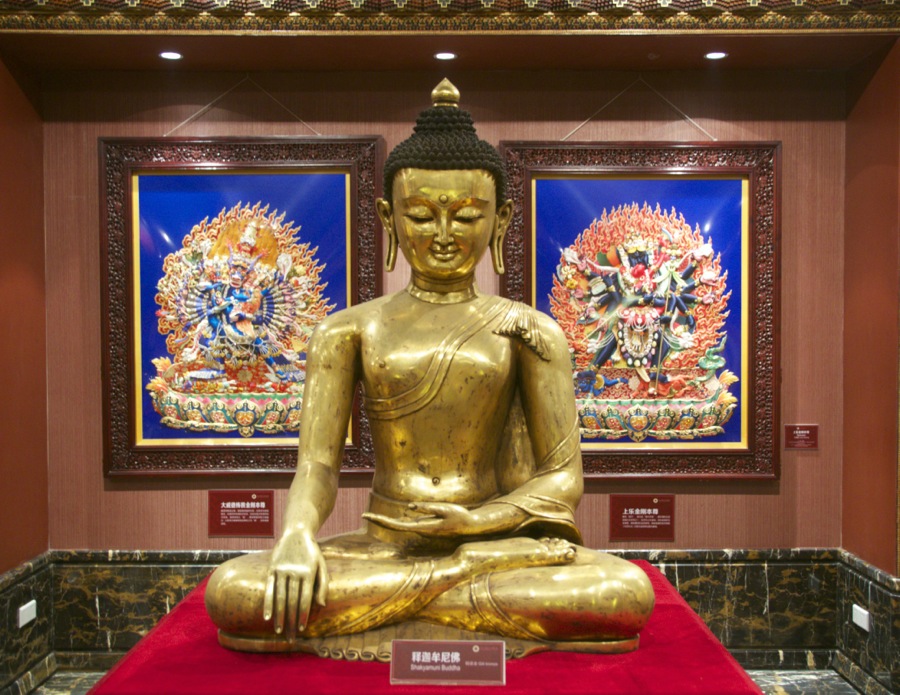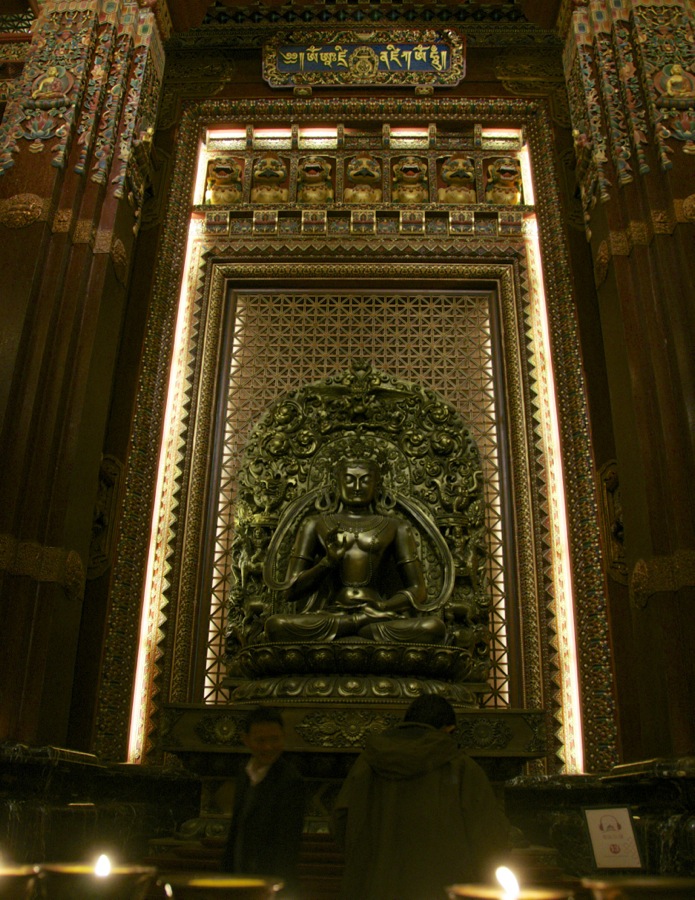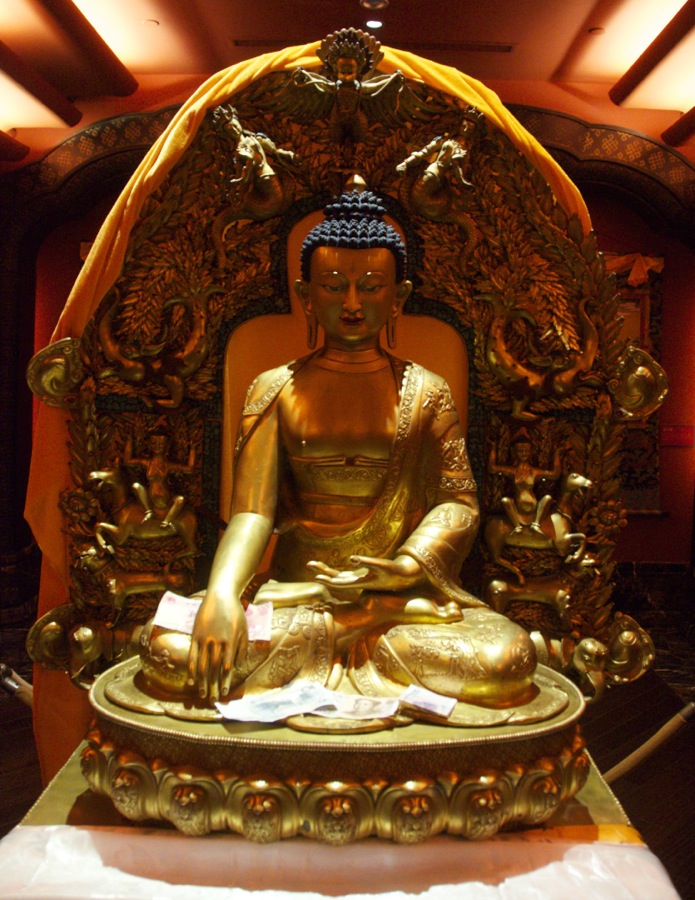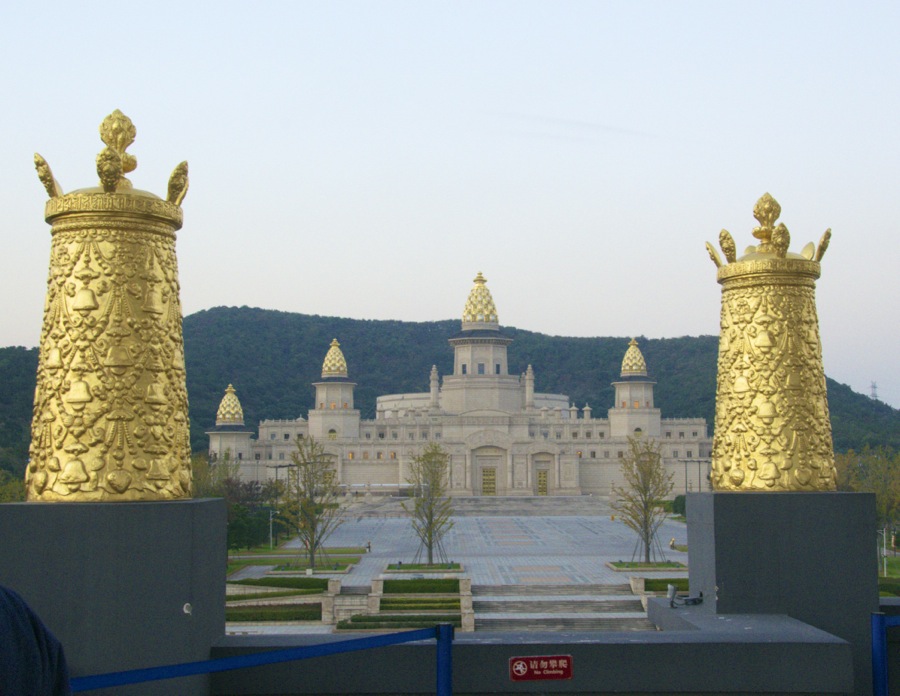In the city of Wuxi, a Buddhist theme park was built in 1996. It features the Grand Buddha of Lingshan, a 700 ton 88 meter statue, which ranks as the 10th tallest statue in the world. By comparison, the Statue of Liberty is 46 meters tall. The ornate Brahma Palace serves as the venue for the international Buddhist Forum. Its floors are marble and visitors must wear protective booties over their shoes. The Five Signets Palace celebrates Tibetan Buddhism. Although the area does provide areas of worship, my Chinese host described Lingshan as “Buddhist Disneyland”. Its aim is to educate the Chinese about religion and ultimately to seek more converts.
Peeter Põldre
Photo gallery – Photos By Peeter Põldre















